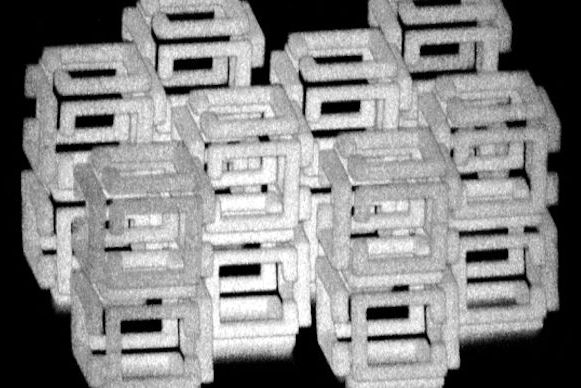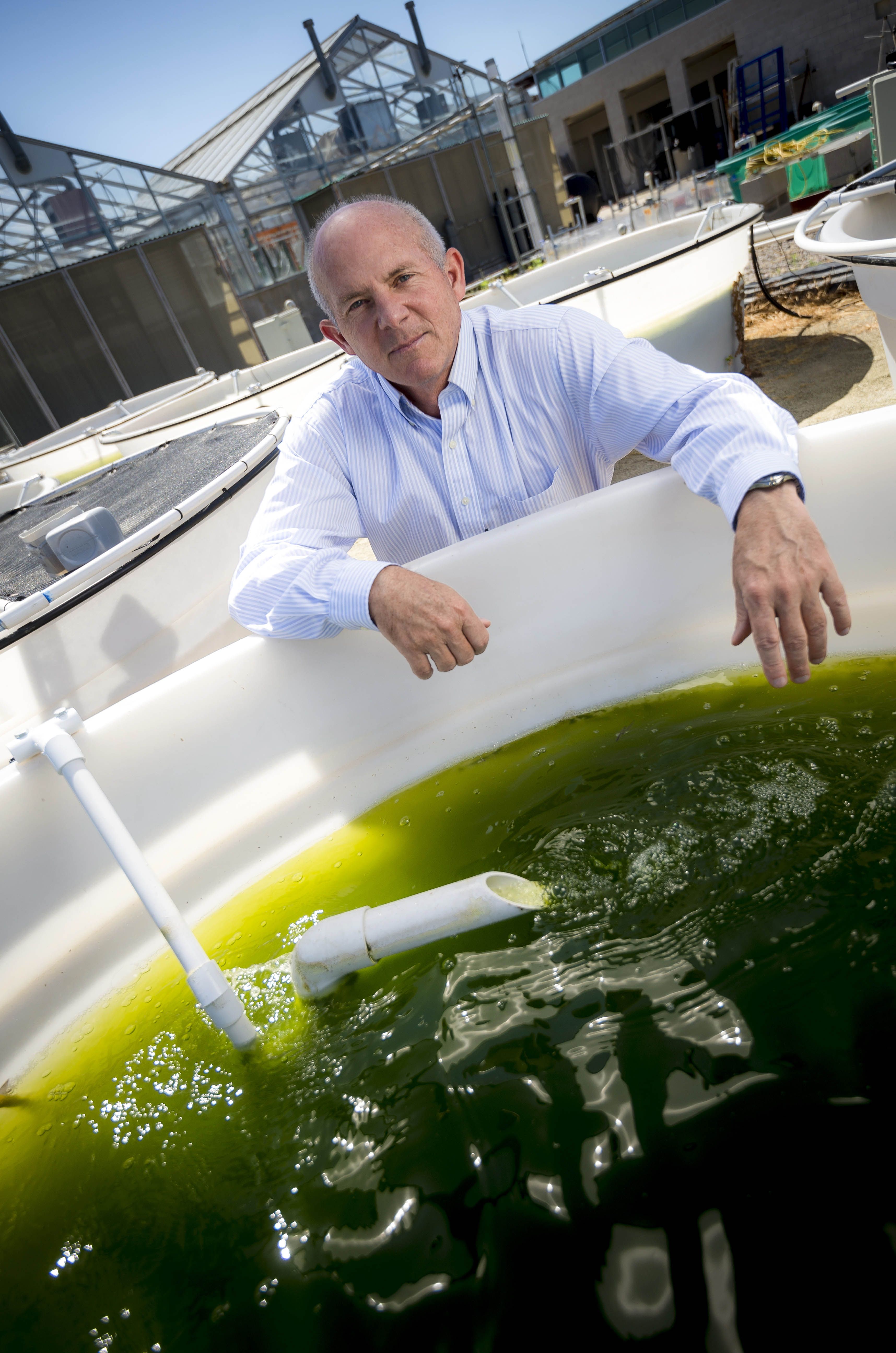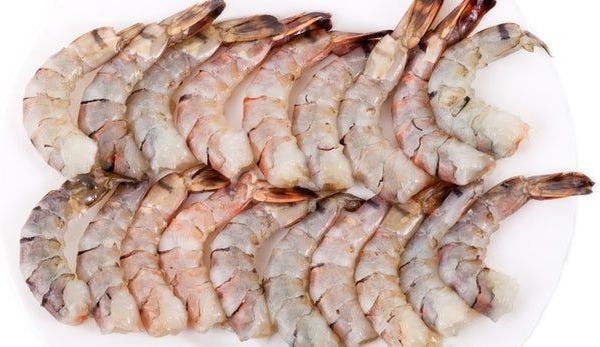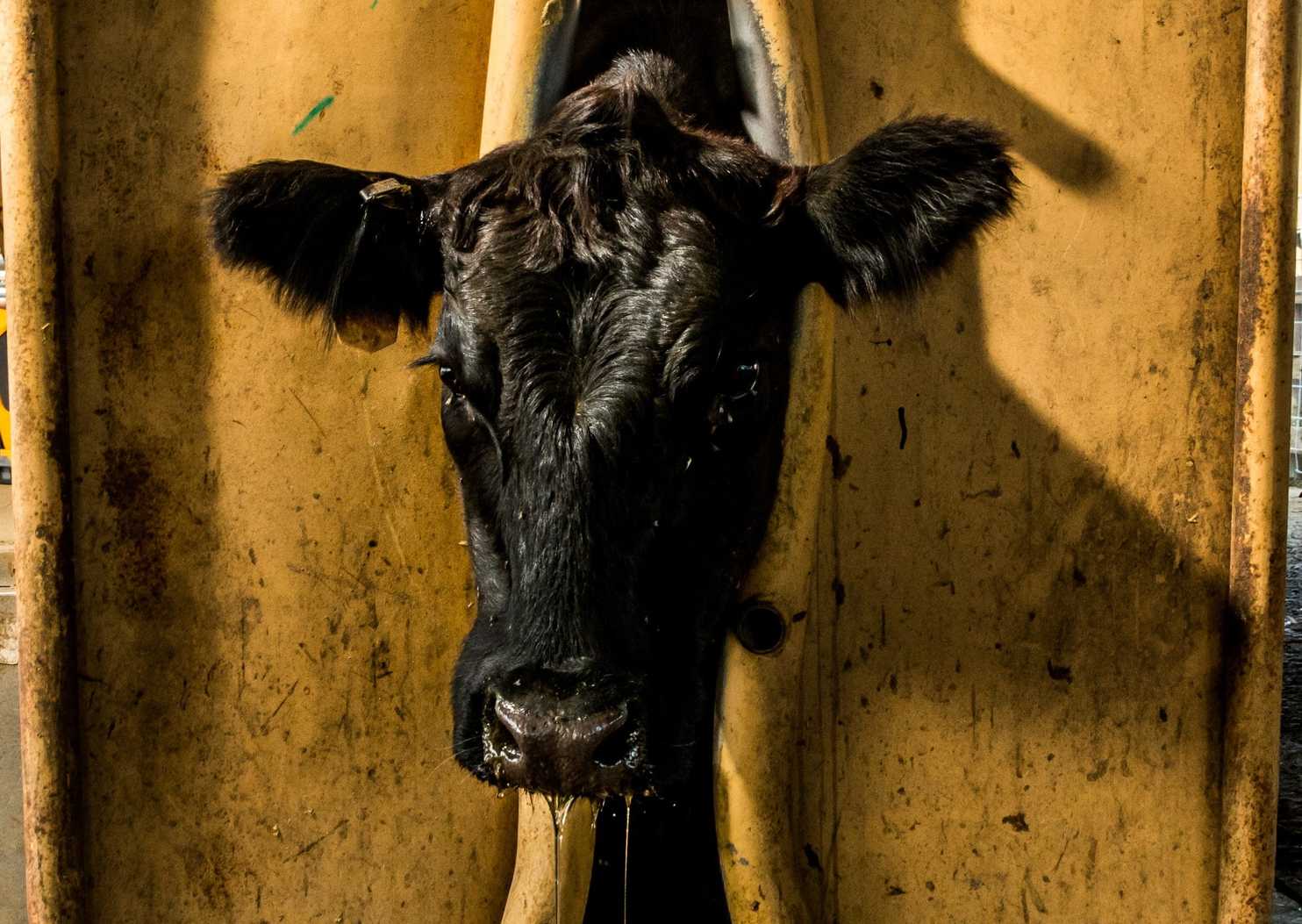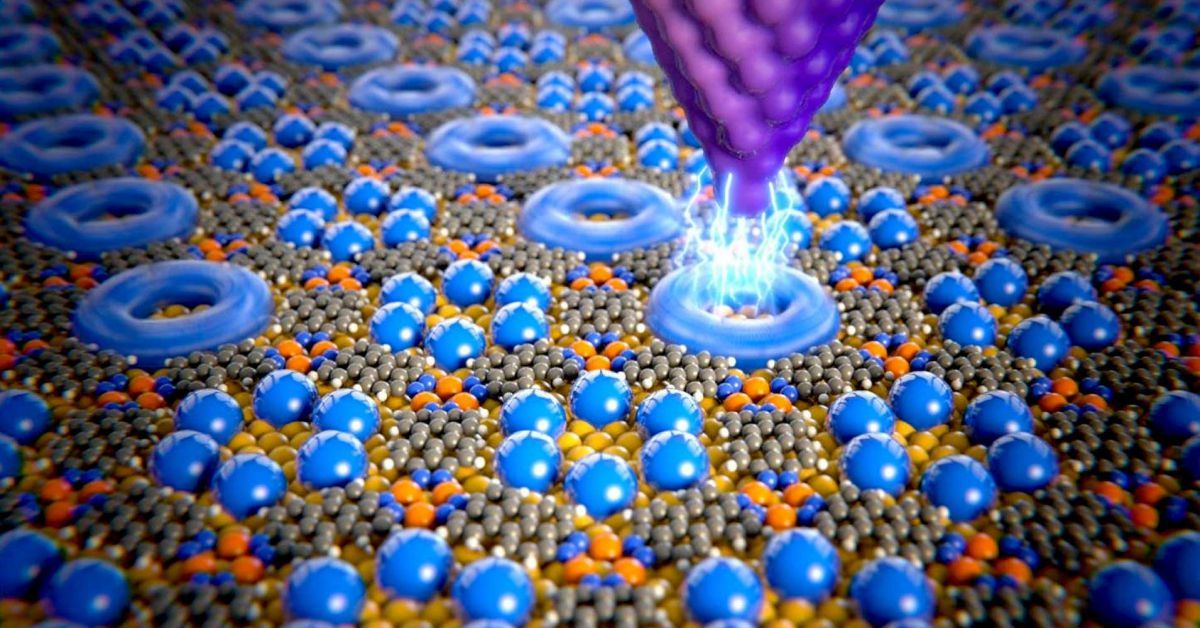MIT researchers invented a method of shrinking objects to the nanoscale.
The team can generate structures one-thousandth the volume of the original using a variety of materials, including metals, quantum dots, and DNA.
Existing techniques—like etching patterns onto a surface with light—work for 2D nanostructures, but not 3D. And while it’s possible to make 3D nanostructures, the process is slow, challenging, and restrictive.
